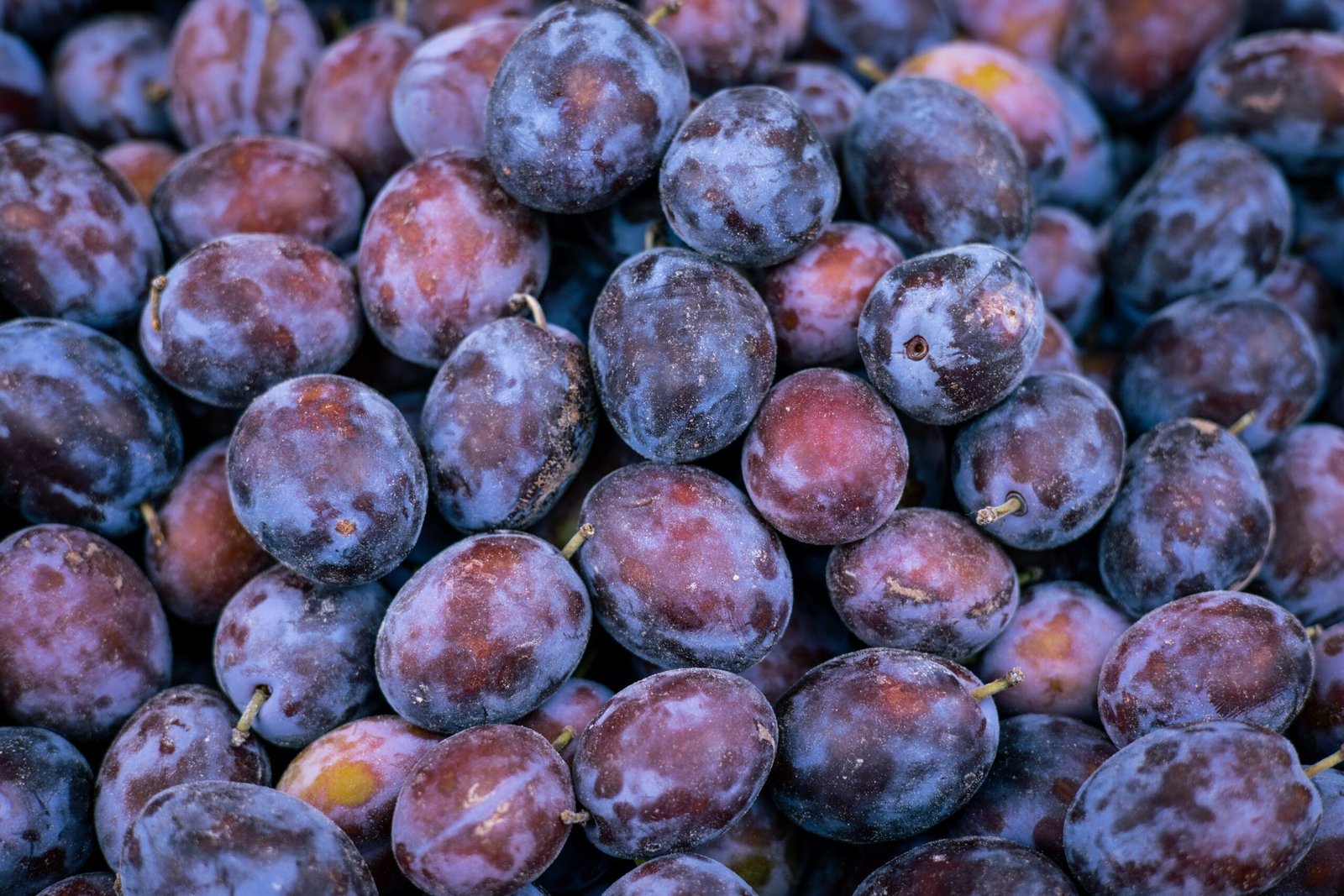
Plum trees (Prunus domestica) are a popular fruit-bearing tree in the UK, providing delicious and nutritious fruits during the summer months. To ensure a bountiful harvest and maintain the overall health of the tree, proper pruning is essential. Pruning plum trees requires a thoughtful approach and understanding of the tree’s growth patterns and specific needs. In this article, we will explore the techniques and timings for pruning plum trees in the UK.
Understanding Plum Tree Growth Habits:
Before diving into pruning techniques, it’s crucial to understand the growth habits of plum trees. Plum trees produce fruit on the previous year’s growth, known as “old wood,” and they also produce new shoots that bear fruit in the following year. This pattern makes the timing of pruning vital to ensure a balance between fruit production and tree vigour.
1. Reasons for Pruning Plum Trees:
Pruning is essential for several reasons:
i. Improve Air Circulation: Proper pruning allows better airflow through the tree, reducing the chances of disease and pest infestations.
ii. Shape and Structure: Pruning helps maintain a well-balanced tree structure, ensuring that sunlight reaches all parts of the tree and fruit.
iii. Remove Diseased and Dead Wood: Pruning removes dead, diseased, or damaged wood, promoting the tree’s overall health.
iv. Encourage Fruit Production: By selectively removing branches, you can encourage the growth of new fruiting wood for future harvests.
2. Tools Needed for Pruning:
Before you begin, ensure you have the right tools for the job:
i. Sharp Pruning Shears: Essential for making clean cuts on smaller branches.
ii. Loppers: For cutting thicker branches that are too big for pruning shears.
iii. Pruning Saw: Useful for cutting larger branches.
iv. Protective Gear: Wear gloves and safety glasses to protect yourself from potential hazards.
3. When to Prune Plum Trees:
The best time to prune plum trees in the UK is during the dormant season, which typically occurs between late autumn and early spring (November-March), when the tree is not actively growing. Pruning during this period minimizes stress on the tree and reduces the risk of disease transmission. Aim to prune in late winter (January-February), just before new growth begins in early spring (March). It’s always good to take a look at the tree and examine whether new growth has started or not as the changing weather conditions can sometimes cause growth earlier or later than normal.
4. How to Prune Plum Trees:
Now, let’s explore the pruning techniques step by step:
i. Remove Dead and Diseased Wood: Start by inspecting the tree for dead, diseased, or damaged branches. Cut them back to the main branch or trunk, making clean cuts to prevent tearing.
ii. Thin Out Overcrowded Branches: Identify branches that are crossing or growing too closely together. Selectively remove some of these branches to improve airflow and allow sunlight to reach all parts of the tree.
iii. Shape the Tree: Plum trees should have an open-centre or vase shape. To achieve this, remove the central leader (the main upright branch), leaving several lateral branches to form an open canopy. This shape facilitates better sunlight penetration and air circulation.
iv. Prune for Fruit Production: Look for older, unproductive wood and remove it to stimulate new growth and encourage fruit production on younger branches. Plum trees tend to bear more fruit on 2- to 4-year-old wood.
v. Be Cautious with Pruning Water Shoots: Water shoots are vigorous, vertical growths that sprout from the trunk or main branches. While it’s essential to remove some of them for balance, avoid over-pruning, as they can bear fruit in the following year.
vi. Seal Larger Wounds: If you make larger cuts, such as removing a substantial branch, consider using a pruning sealant to protect the exposed area from pests and diseases.
5. Additional Tips:
Avoid Over-pruning: Over-pruning can stress the tree and negatively impact fruit production. Aim to remove no more than 20-30% of the tree’s canopy in a single season.
Sanitize Your Tools: Before pruning, disinfect your tools to prevent the spread of diseases between cuts.
Avoid Pruning in Wet Conditions: Pruning in wet conditions can increase the risk of disease transmission. Choose a dry day for the task.
Conclusion:
Pruning plum trees in the UK is a crucial aspect of maintaining healthy, fruitful trees. Understanding the growth habits of plum trees, along with proper timing and techniques, will lead to a productive and beautiful tree. Remember to prune during the dormant season, remove dead and diseased wood, thin out overcrowded branches, and shape the tree to promote proper airflow and sunlight exposure. By following these guidelines, you’ll enjoy a successful harvest of delicious plums year after year.

Leave a Reply